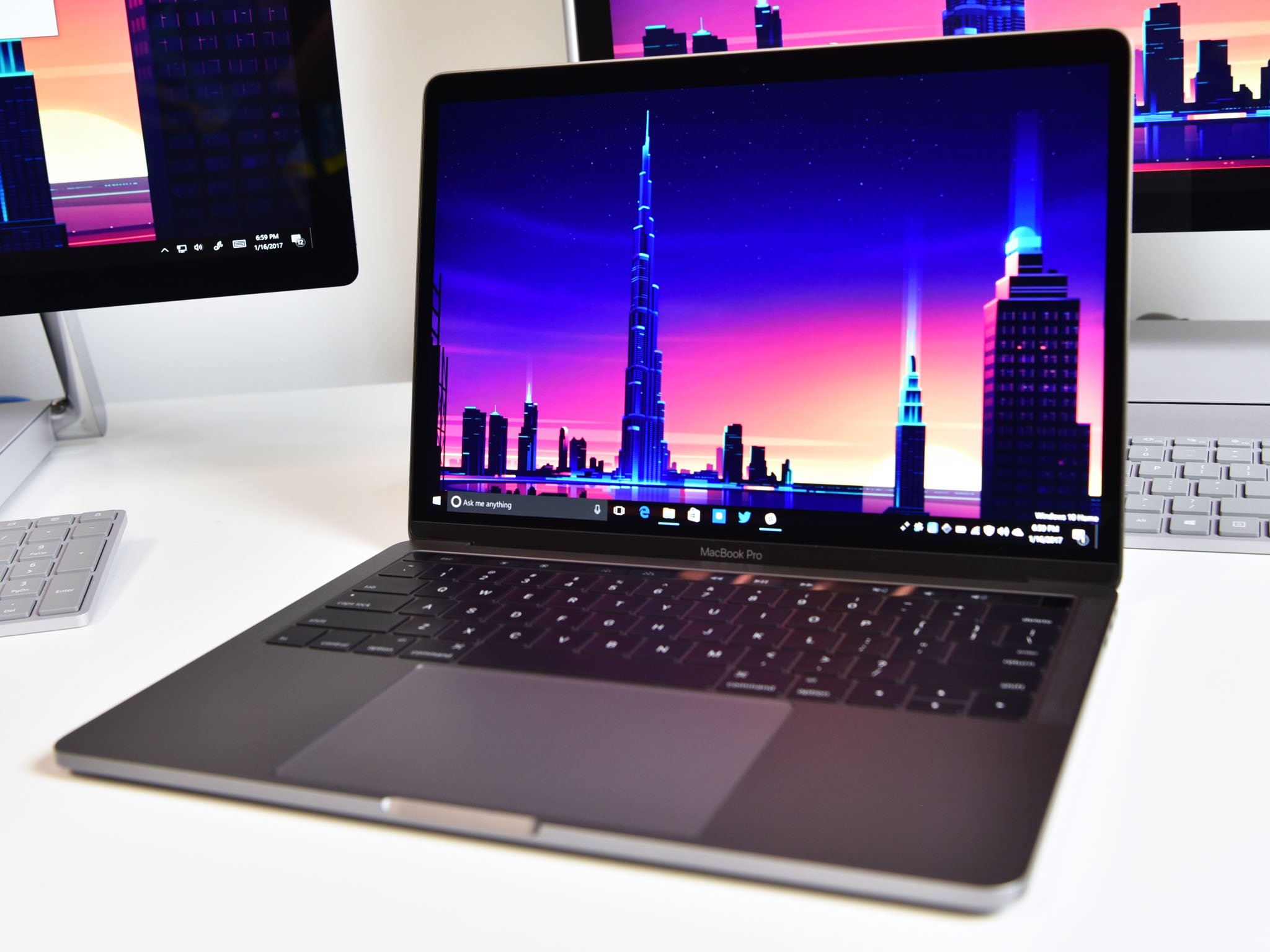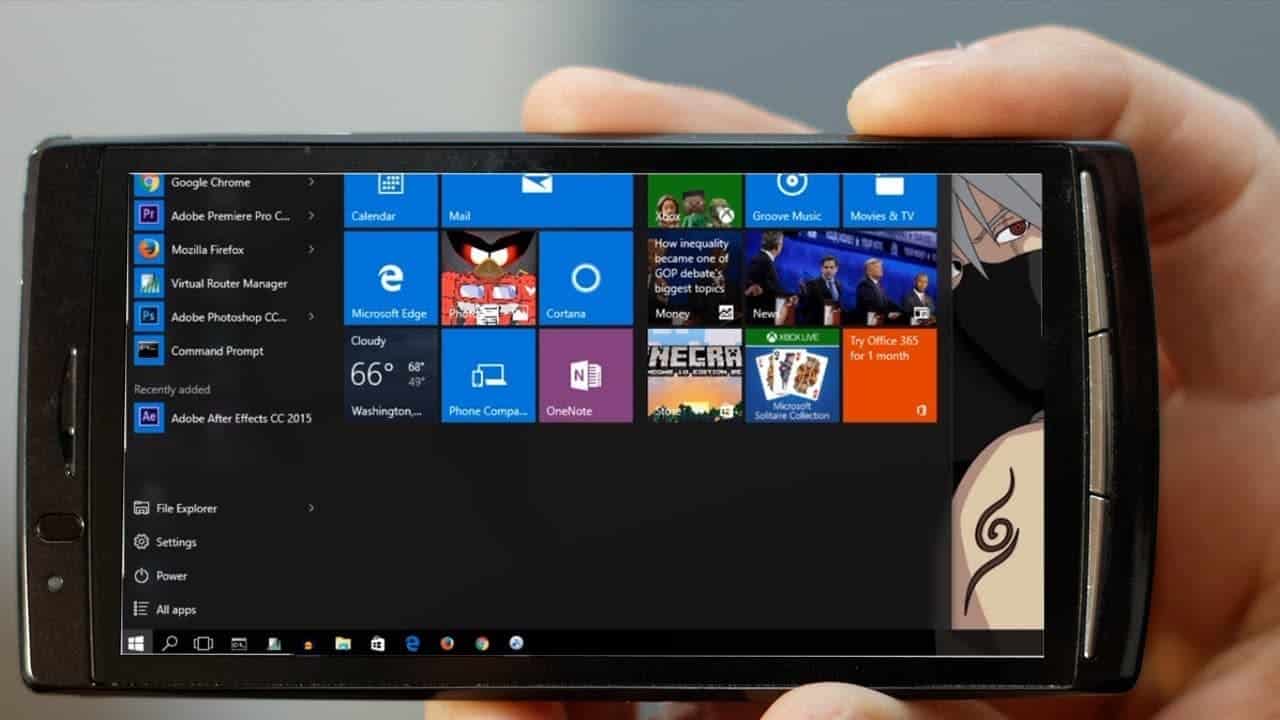Can I Run Mac Programs On Windows

Open your Mac OS X folder and run both win-install.cmd and win-update-tools.cmd as an administrator. Open VMware Workstation and select Open a Virtual Machine. Select the Mac OS X VMX file you downloaded and open it. Select Edit virtual machine settings within VMware Workstation. How To Run Mac On Windows Guide Step 1: Install the latest virtual technology powered VMWare Workstation which can be done easily by following on-screen instructions. Step 2: Now the real task starts here- Unzip the Unlocker 2.0.8 which you downloaded from second link and then Run the file named “win-install.cmd“.We would recommend that you run.
- See Full List On Wikihow.com
- Is It Possible To Run Mac OS On A Windows PC? - Quora
- Best Way To Run Windows On Mac
- Can I Run Mac Programs On Windows10
- Run Mac Os On Windows
A: While it is possible to open most Windows documents on a Macintosh, Windows applications will not run natively on the Macintosh platform. This is because the programs are written for a specific operating system and processor type.
The operating system, whether it is Windows or macOS, uses a specific API, which is a set of instructions that programs can use while they are running. The problem is that Windows API functions are not recognized on a Macintosh. Furthermore, each application program must be compiled for a specific type of processor in order to run. The process of compiling the source code creates machine code that is recognized by the computer's processor.
Historically, the architecture (or design) of PC processors has been different from the architecture of Macintosh processors. Therefore, programs had to be specifically written and compiled for the correct processor. However, in 2006 Apple transitioned their entire line of Macintosh computers from PowerPCs to Intel processors, meaning they now use the same architecture as PCs. Windows programs will still not run natively on the Mac OS, but software like Apple Boot Camp and Parallels Desktop for Mac allow you to run Windows on an Intel-based Mac. This enables you to install and run Windows programs on your Mac, through the Windows interface.
Four options for running Windows programs on and Intel-based Mac:
| Parallels Desktop | VMware Fusion | Apple Boot Camp | CrossOver Mac |
Emulation on Older PowerPC-based Macs
The only way to run Windows programs on a PowerPC-based Macintosh is to use Windows emulation software. This software emulates a PC processor, which allows a native version of Windows, such as Windows XP, to run on older Macs. A popular Windows emulation program is Virtual PC.
Because Virtual PC is an only an emulator, you need to install the Windows operating system on top of the Virtual PC software in order to run Windows programs. Fortunately, Microsoft offers versions of Virtual PC that include Windows, such as Windows XP Professional or Home Edition.
Virtual PC has been around for many years and has evolved along with both the Windows and Macintosh operating systems. It was originally developed by Connectix, which was acquired by Microsoft in 2003. Microsoft continued development of Virtual PC and released new versions of the software for several years. However, now that Macs are shipping with Intel processors, Microsoft will not be developing new versions of Virtual PC.
Besides the fact you have to purchase emulation software and a Windows operating system license, there is another downside of running Windows programs using Virtual PC. Because the software is emulated, many programs run significantly slower than they would on a Windows machine. While basic programs such as text editors and Web browsers may run relatively well, processor-intensive programs such as graphics editors and 3D games may run too slowly to be usable.
Fortunately, Intel-based Macs do not require processor emulation, so Windows programs can run much faster through a virtualization program, like Boot Camp, Parallels Desktop, or VMware Fusion.
Updated: December 22, 2018
What you need to install Windows 10 on Mac
See Full List On Wikihow.com
- MacBook introduced in 2015 or later
- MacBook Air introduced in 2012 or later
- MacBook Pro introduced in 2012 or later
- Mac mini introduced in 2012 or later
- iMac introduced in 2012 or later1
- iMac Pro (all models)
- Mac Pro introduced in 2013 or later
The latest macOS updates, which can include updates to Boot Camp Assistant. You will use Boot Camp Assistant to install Windows 10.
64GB or more free storage space on your Mac startup disk: Dirt 3 crack play.exe download.
- Your Mac can have as little as 64GB of free storage space, but at least 128GB of free storage space provides the best experience. Automatic Windows updates require that much space or more.
- If you have an iMac Pro or Mac Pro with 128GB of memory (RAM) or more, your startup disk needs at least as much free storage space as your Mac has memory.2
An external USB flash drive with a storage capacity of 16GB or more, unless you're using a Mac that doesn't need a flash drive to install Windows.
A 64-bit version of Windows 10 Home or Windows 10 Pro on a disk image (ISO) or other installation media. If installing Windows on your Mac for the first time, this must be a full version of Windows, not an upgrade.
- If your copy of Windows came on a USB flash drive, or you have a Windows product key and no installation disc, download a Windows 10 disk image from Microsoft.
- If your copy of Windows came on a DVD, you might need to create a disk image of that DVD.

How to install Windows 10 on Mac
To install Windows, use Boot Camp Assistant, which is included with your Mac.
1. Check your Secure Boot setting
Learn how to check your Secure Boot setting. The default Secure Boot setting is Full Security. If you changed it to No Security, change it back to Full Security before installing Windows. After installing Windows, you can use any Secure Boot setting without affecting your ability to start up from Windows.

2. Use Boot Camp Assistant to create a Windows partition
Open Boot Camp Assistant, which is in the Utilities folder of your Applications folder. Follow the onscreen instructions.
- If you're asked to insert a USB drive, plug your USB flash drive into your Mac. Boot Camp Assistant will use it to create a bootable USB drive for Windows installation.
- When Boot Camp Assistant asks you to set the size of the Windows partition, remember the minimum storage-space requirements in the previous section. Set a partition size that meets your needs, because you can't change its size later.
3. Format the Windows (BOOTCAMP) partition
When Boot Camp Assistant finishes, your Mac restarts to the Windows installer. Final draft 11 0 23. Clipboard manager 2 1 4. If the installer asks where to install Windows, select the BOOTCAMP partition and click Format. In most cases, the installer selects and formats the BOOTCAMP partition automatically.
4. Install Windows
Unplug any external devices that aren't necessary during installation. Then click Next and follow the onscreen instructions to begin installing Windows.
5. Use the Boot Camp installer in Windows
Is It Possible To Run Mac OS On A Windows PC? - Quora
After Windows installation completes, your Mac starts up in Windows and opens a ”Welcome to the Boot Camp installer” window. Download firefox for mac 10 7 3. Follow the onscreen instructions to install Boot Camp and Windows support software (drivers). 3 card poker game online. You will be asked to restart when done.
- If the Boot Camp installer never opens, open the Boot Camp installer manually and use it to complete Boot Camp installation.
- If you have an external display connected to a Thunderbolt 3 port on your Mac, the display will be blank (black, gray, or blue) for up to 2 minutes during installation.
How to switch between Windows and macOS
Restart, then press and hold the Option (or Alt) ⌥ key during startup to switch between Windows and macOS.
Learn more
If you have one of these Intel-based Mac models using OS X El Capitan or later, you don't need a USB flash drive to install Windows:
- MacBook introduced in 2015 or later
- MacBook Air introduced in 2017 or later3
- MacBook Pro introduced in 2015 or later3
- iMac introduced in 2015 or later
- iMac Pro (all models)
- Mac Pro introduced in late 2013 or later
Best Way To Run Windows On Mac
To remove Windows from your Mac, use Boot Camp Assistant, not any other utility.
For more information about using Windows on your Mac, open Boot Camp Assistant and click the Open Boot Camp Help button.
1. If you're using an iMac (Retina 5K, 27-inch, Late 2014) or iMac (27-inch, Late 2013) or iMac (27-inch, Late 2012) with a 3TB hard drive and macOS Mojave or later, learn about an alert you might see during installation.
Can I Run Mac Programs On Windows10
2. For example, if your Mac has 128GB of memory, its startup disk must have at least 128GB of storage space available for Windows. To see how much memory your Mac has, choose Apple menu > About This Mac. To see how much storage space is available, click the Storage tab in the same window.
Run Mac Os On Windows
3. These Mac models were offered with 128GB hard drives as an option. Apple recommends 256GB or larger hard drives so that you can create a Boot Camp partition of at least 128GB.

Can I Run Mac Programs On Windows
UNDER MAINTENANCE